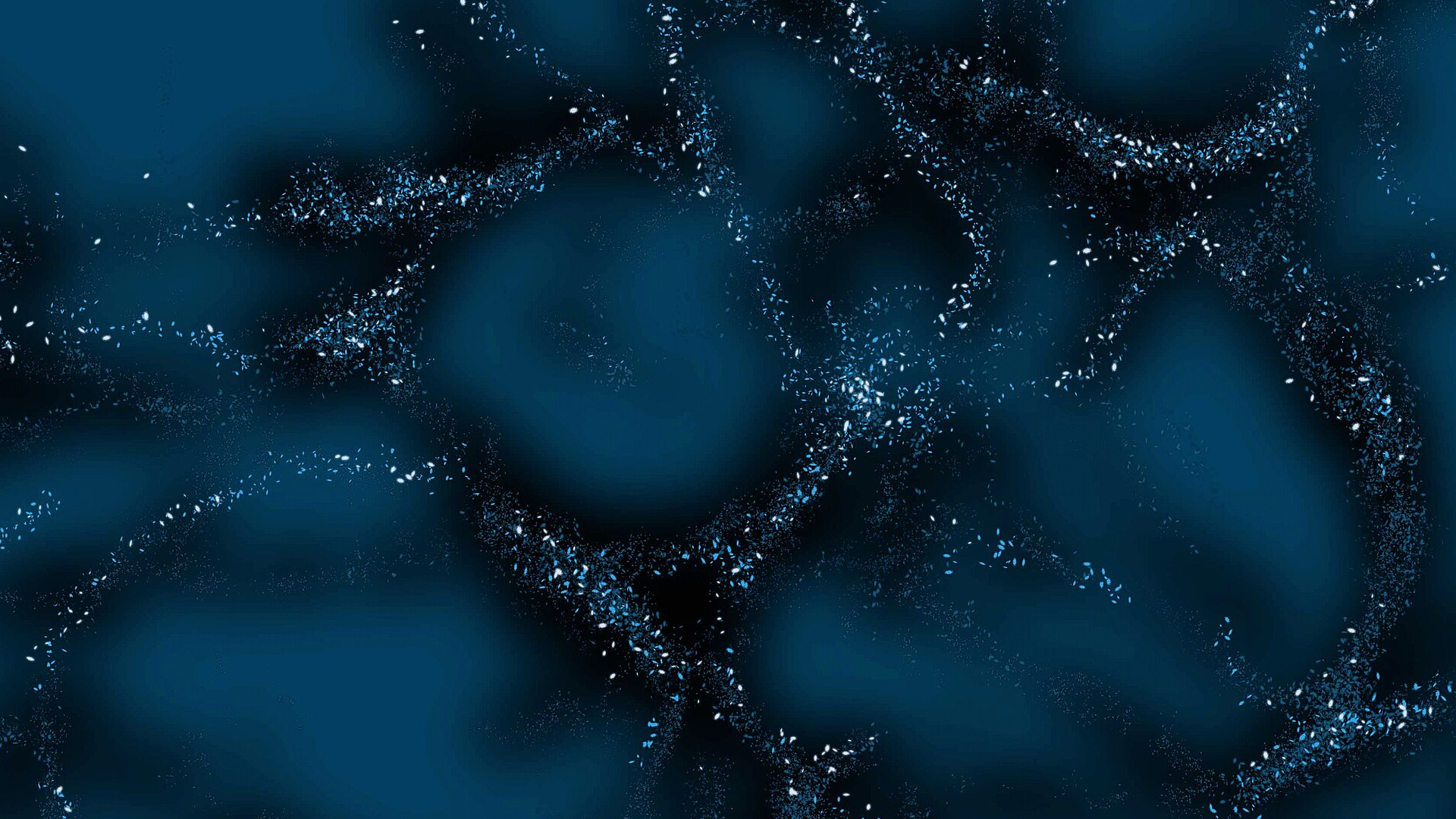
Mysteries of Gravitational Waves Star in New LIGO Documentary (Film Trailer)

(Editor's Note: You can now watch the full 20-minute documentary, "LIGO, A Passion for Understanding," via Space.com here: LIGO, A Passion for Understanding )
A new movie premiering April 15 documents the science and people behind an amazing astronomical tool designed to catch sight of violent cosmic events trillions of miles from Earth.
The new documentary by filmmaker Kai Staats, called "LIGO, A Passion for Understanding," follows scientists working with the Laser Interferometer Gravitational-wave Observatories, or LIGO for short. The observatories use 2.5-mile (4 kilometers) laser beams to hunt for gravitational waves — ripples in space-time created by cataclysmic events in the cosmos.
LIGO's enhanced run ended in 2010, but the Advanced LIGO project featuring newly upgraded instruments is set to begin its run in late 2015. Advanced LIGO will probe deeper into the universe in search of gravitational waves. You can watch the trailer for "LIGO, A Passion for Understanding" on Space.com or directly from filmmaker Kai Staats here.
"We're literally creating a new branch of astrophysics right now," one of the scientists interviewed for the film said in the trailer. "Gravitational waves are the sounds of the universe. Up until now, we've been deaf to what's happening in the universe, and we're about to turn on our ears."
"LIGO, A Passion for Understanding," will premiere live on April 15 on Space.com. The documentary project is funded by the LIGO Laboratory. The LIGO Scientific Collaboration is funded the National Science Foundation, and overseen by the California Institute of Technology and MIT. The LSC is an international collaboration with more than 900 members in 16 different countries.
Scientists think that gravitational waves can be produced by the collisions of two dense objects like a neutron star and a black hole. In theory, the violent clash between the two cosmic bodies actually causes the fabric of space to warp, sending out ripples in space-time throughout the universe.
Breaking space news, the latest updates on rocket launches, skywatching events and more!
In March, scientists working with an instrument in the South Pole announced that they detected primordial gravitational waves created a fraction of a fraction of a second after the universe began during a period of rapid growth known as inflation.
For more on "LIGO, a Passion for Understanding," visit: http://www.kaistaats.com/film/ligo/
Follow Miriam Kramer @mirikramer and Google+. Follow us @Spacedotcom, Facebook and Google+. Original article on Space.com.
Join our Space Forums to keep talking space on the latest missions, night sky and more! And if you have a news tip, correction or comment, let us know at: community@space.com.

Miriam Kramer joined Space.com as a Staff Writer in December 2012. Since then, she has floated in weightlessness on a zero-gravity flight, felt the pull of 4-Gs in a trainer aircraft and watched rockets soar into space from Florida and Virginia. She also served as Space.com's lead space entertainment reporter, and enjoys all aspects of space news, astronomy and commercial spaceflight. Miriam has also presented space stories during live interviews with Fox News and other TV and radio outlets. She originally hails from Knoxville, Tennessee where she and her family would take trips to dark spots on the outskirts of town to watch meteor showers every year. She loves to travel and one day hopes to see the northern lights in person. Miriam is currently a space reporter with Axios, writing the Axios Space newsletter. You can follow Miriam on Twitter.
